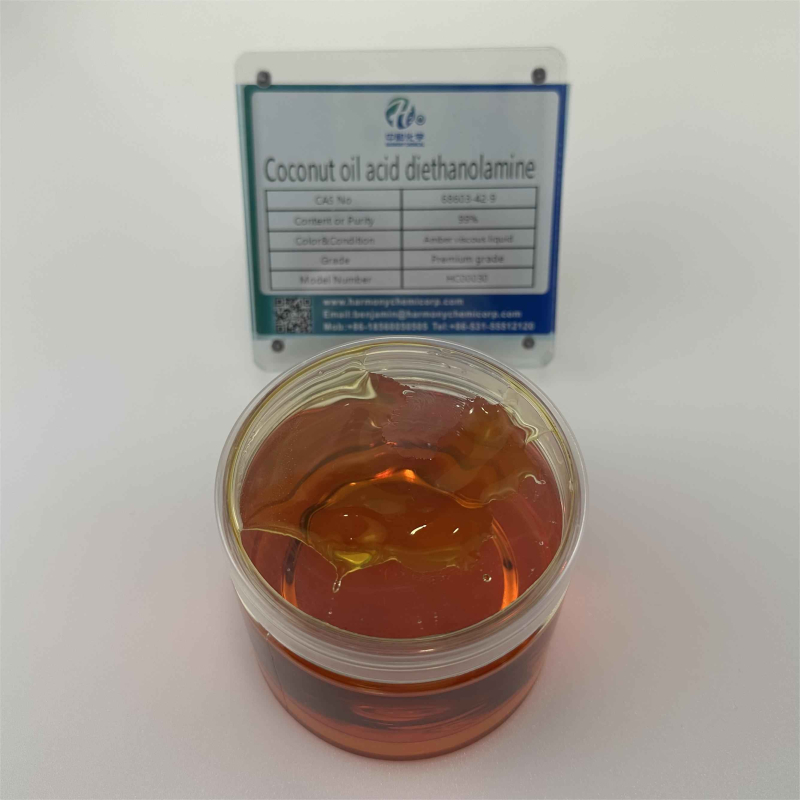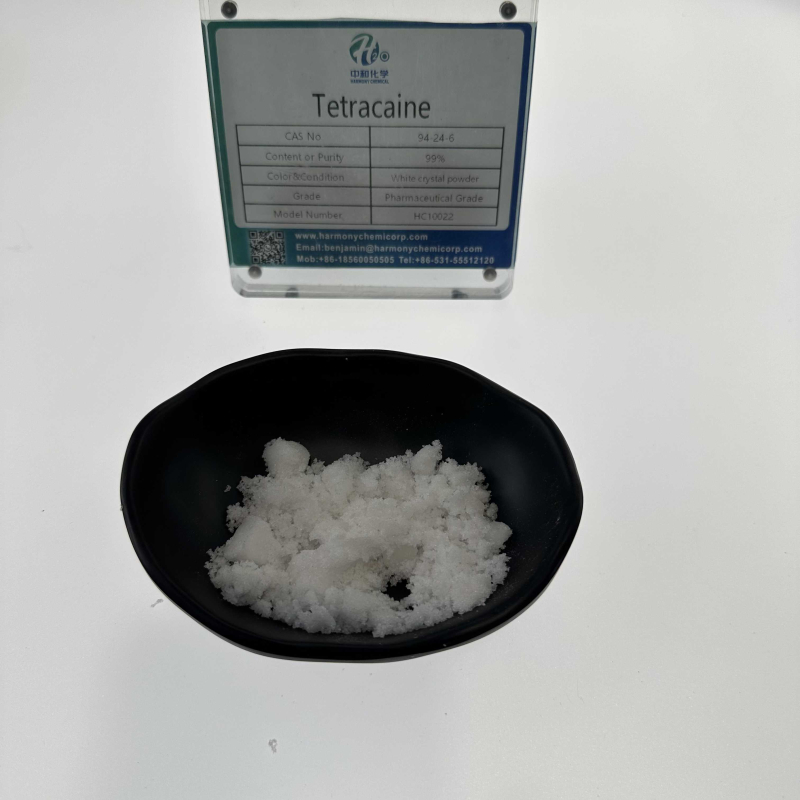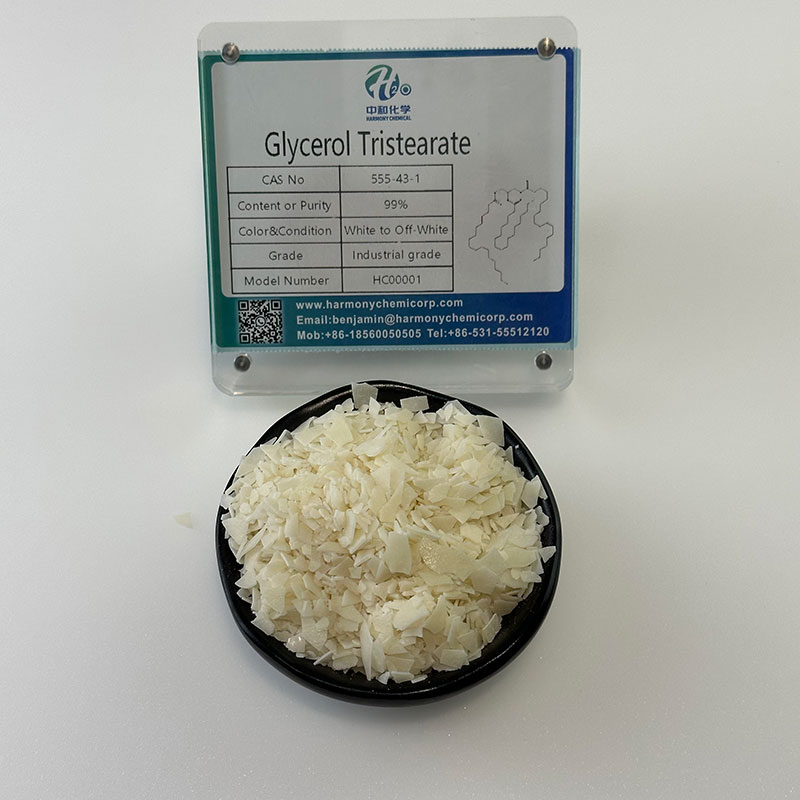Boiling Point168-274 ° COdorat 100.00?%. mild ammoniaSOLUBLE5-10 g/100 mL at 18 ºCStabilityStable. Combustible. Incompatible with strong oxidizing agents.Introduction: N, N-bis (hydroxyethyl) coconut oil amide can be used as a surfactant.
Contact Now
nameLeterMovirCAS NO917389-32-3Molecular formulaC29H28F4N4O4molecular weight572.55boiling point706.5±70.0 °C(Predicted)density1.37±0.1 g/cm3(Predicted)Storage conditionsSealed in dry,Store in freezer, under -20°Csolubility≥57.3 mg/mL in DMSO; insoluble in EtOH; insoluble in H2Oformsolid
Contact Now
nameCupferronCAS NO135-20-6Molecular formulaC6H9N3O2molecular weight155.15melting point150-155 °C (dec.)boiling point278.95°C (rough estimate)density1.3092 (rough estimate)Storage conditions2-8°CformPowdercolourNeedles from water
Contact Now
nameTofacitinibCAS NO477600-75-2Molecular formulaC16H20N6Omolecular weight312.38density1.3Storage conditions-20°CsolubilitySoluble in DMSO (up to 100 mg/ml) or in Ethanol (up to 100 mg/ml).formPale powder.Acidity coefficient (pKa)6.04±0.60(Predicted)colourOff-white
Contact Now
nameTriisobutyl phosphateCAS NO126-71-6Molecular formulaC12H27O4Pmolecular weightv266.31boiling point~205 °Cdensity0.965 g/mL at 20 °CStorage conditionsStore below +30°C.solubility0.26g/lformOilcolourColourless
Contact Now
nameLOXO-292CAS NO2152628-33-4Molecular formulaC29H31N7O3molecular weight525.6density1.36±0.1 g/cm3(Predicted)Storage conditionsStore at -20°CformA crystalline solidAcidity coefficient (pKa)14.00±0.29(Predicted)
Contact Now
nameAlectinibCAS NO1256580-46-7Molecular formulaC30H34N4O2molecular weight482.62melting point274-276°Cboiling point722.5±60.0 °CStorage conditions-20°Acidity coefficient (pKa)13.70±0.40(Predicted)formsolidcolourcolour
Contact Now
Density1.13 [at 20 ℃]Vapor pressure0.317Paat25 ℃FormViscousLiquidColorGreenWater solubilityIn soluble in waterExposure limitNIOSH: IDLH10mg/m3; TWA0.015mg/m3Nickel naphthenate is an natural compound with the chemical formulation of C22H14NiO4. It is normally used as paint drier, timber preservative, water resistant agent for fabrics, insecticide and bactericide.
Contact Now
nameTetracaineCAS NO94-24-6Molecular formulaC15H24N2O2molecular weight264.36melting point41.0 to 45.0 °Cboiling point407.59°C (rough estimate)Storage conditions2-8°CAcidity coefficientpKa 8.33±0.03(H2O
t = 20.0
I = 0.10 (KCl)) (Uncertain)formpowder to crystalcolourWhite to Almost whiteIntroduction: Dicaine is a white crystalline or crystalline powder, odorless, slightly bitter in taste, and has a tingling sensation. Soluble in water, soluble in ethanol, insoluble in ether or benzene.
Contact Now
nameFlorfenicolCAS NO73231-34-2Molecular formulaC12H14Cl2FNO4Smolecular weight358.21melting point153 °CSpecific Rotation26 +17.9° (DMF)boiling point618℃Storage conditionsInert atmosphere,2-8°CformsolidcolourWhite to Off-White
Contact Now
nameClorsulonCAS NO60200-06-8Molecular formulaC8H8Cl3N3O4S2molecular weight380.66melting point194-203°Cboiling point651.7±65.0 °C(Predicted)density1.800±0.06 g/cm3(Predicted)Storage conditionsKeep in dark place,Inert atmosphere,2-8°CformneatcolourWhite
Contact Now
nameAmitrazCAS NO33089-61-1Molecular formulaC19H23N3molecular weight293.41melting point86-87°Cboiling point425.25°C (rough estimate)density1.1280Storage conditionsSealed in dry,Store in freezer, under -20°CformPowder/SolidcolourWhite
Contact Now
Tetracaine hydrochloride is used for mucosal floor anesthesia, conduction anesthesia, epidural anesthesia, and subarachnoid anesthesia; Used for ophthalmic floor anesthesia, barring constricting blood vessels, detrimental corneal epithelium, and growing intraocular pressure.nameTetracaine hydrochlorideCAS NO136-47-0Molecular formulaC15H25ClN2O2melting point149°Cdensity1.1279 (rough estimateStorage conditions2-8°Csolubilityalcohol: solublesoluble 40 parts of solventformneatcolourWhite to Almost whiteSOLUBLESoluble in water at 50mg/ml
Contact Now
namePropitocaine hydrochlorideCAS NO1786-81-8Molecular formulaC13H21ClN2Omolecular weight256.77melting point168-170°CStorage conditions2-8°CsolubilityFreely soluble in water and in ethanol (96 per cent), very slightly soluble in acetoneformneatcolourWhite to Off-WhitePrilocaine hydrochloride is a kind of local anesthetic of aminoamide. Pirocaine is commonly used in dentistry. Procaine is also often used in combination with Lidocaine as a preparation for skin anesthesia (Lidocaine/Procaine or EMLA) to treat sensory abnormalities and other conditions.
Contact Now
name3-Amino-1-hydroxyadamantaneCAS NO702-82-9Molecular formulaC10H17NOmelting point265 °Cboiling point266.8±23.0 °C(Predicted)density1.252±0.06 g/cm3(Predicted)Storage conditionsKeep in dark place,Inert atmosphere,Room temperaturesolubilityDMSO (Slightly), Methanol (Slightly)formCrystalline PowdercolourWhite to yellow
Contact Now
CAS NO90-15-3Molecular formulaC10H8Omelting point94-96 °Cboiling point278-280 °Cdensity1.224flash point125 °CStorage conditionsStore below +30°CsolubilitySoluble in benzene, chloroform, ether and ethanol.formCrystalline Flakescolourwhite to off-white
Contact Now
namePramoxine hydrochlorideCAS NO637-58-1Molecular formulaC17H28ClNO3molecular weight329.86melting point181-183°Storage conditionsInert atmosphere,Room TemperaturesolubilityChloroform (Slightly), Methanol (Slightly)formneatcolourWhite to Off-White
Contact Now
nameUrapidil hydrochlorideCAS NO64887-14-5Molecular formulaC20H30ClN5O3molecular weight423.94melting point156-1580CStorage conditionsKeep in dark place,Inert atmosphere,Room temperaturesolubilityH2O: solubleformsolidcolourwhiteSOLUBLESoluble to 50 mM in water
Contact Now
nameEsmolol hydrochlorideCAS NO81161-17-3Molecular formulaC16H26ClNO4molecular weight331.83melting point48-50°Cdensity1.026Storage conditions−20°CsolubilityH2O: soluble12mg/mLformbuffered aqueous solutioncolourWhite to Off-White
Contact Now
nameDapoxetine hydrochlorideCAS NO129938-20-1Molecular formulaC21H24ClNOmolecular weight341.88melting point175-1790CStorage conditionsroom tempformpowdercolourwhitesolubilityDMSO: ≥20mg/mL
Contact Now
Oil soluble nano iron 1% - 10%, naphthenic acid 5% - 25%, barium naphthenate 10% - 30%, polyisobutene succinimide 5% - 10%, long-chain fatty acid 1% - 5%, and the relaxation is solvent. The instruction technique is as follows: add naphthenic acid drill, barium naphthenate, oil soluble nano iron and long-chain fatty acid into the solvent in flip at room temperature in accordance to the ratio, stir evenly, and then add polyisobutylene succinimide to stir evenly.
Contact Now
Zirconium acetate (liquid), a colorless obvious liquid organized by way of the response of zirconium oxychloride and sodium carbonate. Widely used in industries such as medicine, cosmetics, electronics, ceramics, paint, glass, etc.Density1.279g/mLat25 ° CFormliquidWater solubility931g/Lat20 ℃InchiKeyMFFVROSEPLMJAP-UHFFFFAOYSA-JCAS datalibrary 7585-20-8 (CASDataBaseReference)EPA Chemical InformationAceticacid, Zirconiumsalt (1:?) (7585-20-8)
Contact Now
ApplicationsGlyceryl tristearate is an ester derivative, which can be used as food emulsifier, brightener, greasing agent, lubricant, defoamer, and also in various cosmetics.ToxicityIt is safe within the limits mentioned above (FDA, 2000).Use limitAs a crystallization catalyst for cocoa butter 1%; as a molding aid 0.5% to 3%; as a winterizing treatment agent for fats and oils 0.5% (FDA §172.811, 2000). Can be used as gum gum-based substance (GBChemicalbook2760-96).Chemical propertiesColorless crystal or powder. Odorless. Slightly sweet. Relative density (d480) 0.862.
Contact Now
AppearanceAmber obvious liquidSolid content% ≥ 40.0Density (20 ℃)g/cm3 ≥ 1.20PH fee (1% aqueous solution)9.0-11.0Solubility15gPolyaspartic acid (PASP) belongs to a crew of polyamino acids. Polyaspartic acid is susceptible to breakage due to the motion of microorganisms, fungi, and different factors, ensuing in the degradation of environmentally pleasant ammonia, carbon dioxide, and water. Therefore, polyaspartic acid has a extensive vary of uses.
Contact Now




























